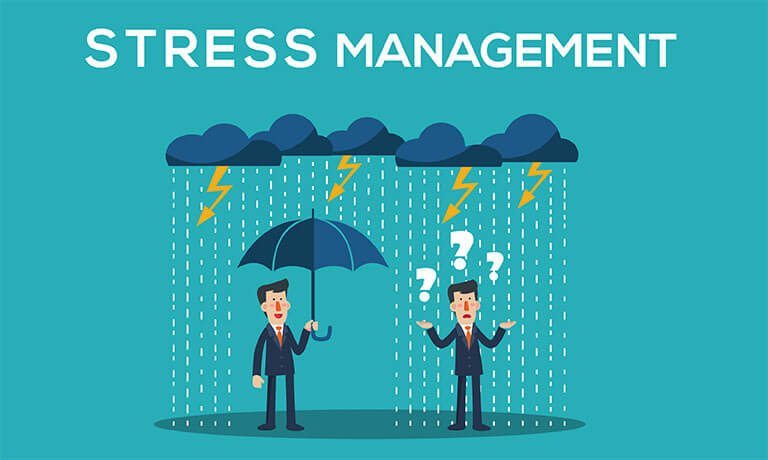
Constant state of worry
I am Priti Patel, a 46 year old housewife. Since the last 15 years, I have been trapped in an endless cycle of worries. My son and daughter-in-law have separated from the house because they were tired of my incessant worries. I am worried right from the beginning of the day about whether the servant will come or not, whether the day’s routine will completed in time or not, whether the food will be cooked properly or not, if something will happen to my grandson or not. None of my worries have ever come true, yet I am unable to abandon these worries. Is there any help for a chronic worrier like me? Please advise.
When worrying works; by mulling over a problem – that is, employing constructive reflection, which indeed can look like worrying – a solution can appear. Indeed, the reaction that underlies worry is the vigilance for potential danger that has, no doubt, been essential for survival over the course of evolution. When fear triggers the brain, part of the resulting anxiety focuses attention on the threat at hand, forcing the mind to ruminate about how to deal with it and ignore anything else for the time being. Worry is, in a sense, a rehearsal of what might go wrong and how to deal with it; the task of worrying is to come up with positive solutions for life’s perils by anticipating dangers before they arise. The difficulty is with chronic, repetitive worries, the kind that recycles on and on and never gets any nearer a positive solution. The worries seem to come from nowhere, are uncontrollable, generate a steady hum of anxiety, are impervious to reason, and lock the worrier into a single, inflexible view of the worrisome topic. When this same cycle of worry intensifies and persists, it shades over the line into full-blown anxiety disorders.
The worrying mind spins on in an endless loop of low-grade melodrama, one set of concerns leading on to the next and back again. The worry runs amok. There is worry about worrying. The worry which started for a minute, within a few short seconds, escalates to contemplation of a lifelong catastrophe. Worries typically follow such lines, a narrative to oneself that jumps from concern to concern and more often than not includes catastrophizing, imagining some terrible tragedy. Worries are almost always expressed in mind’s ear, not its eye – that is, in words, not images.
New solutions and fresh ways of seeing a problem do not typically come from worrying, especially chronic worry. Instead of coming up with solutions to these potential problems, worriers typically simply ruminate on the danger itself, immersing themselves in a low-key way of the dread associated with it while staying in the same rut of thought. Chronic worriers worry about a wide range of things, most of which have almost no chance of happening; they read dangers into life’s journey that others never notice. It seems that for chronic worriers, worrying helps them, and that their worries are self-perpetuating, an endless loop of angst-ridden thought. It is almost like a mental addiction. It is like belief in a superstition, something magical. It is like if you worry, the danger is prevented. There is an unexpected benefit to worrying. When people are immersed in their worried thoughts, they do not seem to notice the subjective sensations of the anxiety those worries stir – the speedy heartbeat, the beads of sweat, the shakiness – and as the worry proceeds it actually seems to suppress some of that anxiety. Chronic worries are self-defeating too in that they take the form of stereotyped, rigid ideas, not creative breakthroughs that actually move toward solving the problem. This rigidity is shown in the manifest content of the worried thought, which simply repeats more or less the same ideas over and over again. Chronic worry works in some ways, but not in other, more consequential ones: it eases some anxiety, but never solves the problem. The one thing that chronic worriers cannot do is follow the advice they are most often given – to stop worrying. The remedy is to establish self-awareness, catching the worrisome episodes as near their beginning as possible. The next is to practice relaxation exercises. The third is to actively challenge the worrisome thoughts, failing this the spiral will keep coming back. This combination of mindfulness and healthy skepticism would presumably, act as a brake on the activation of anxiety.



